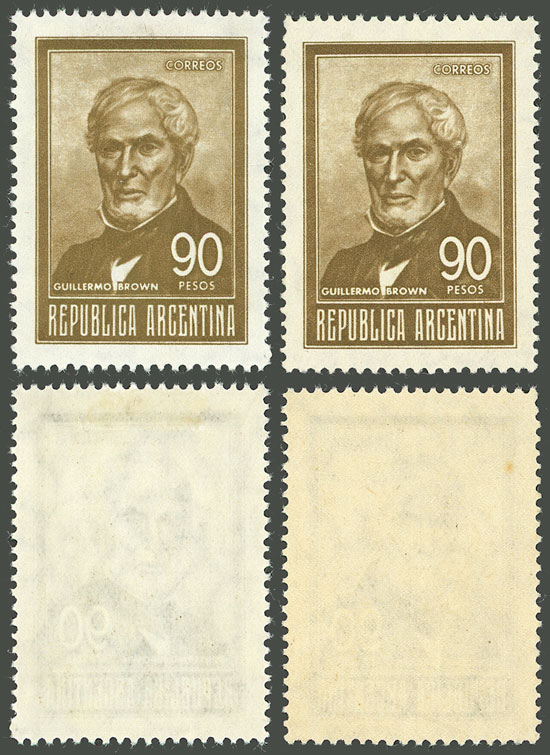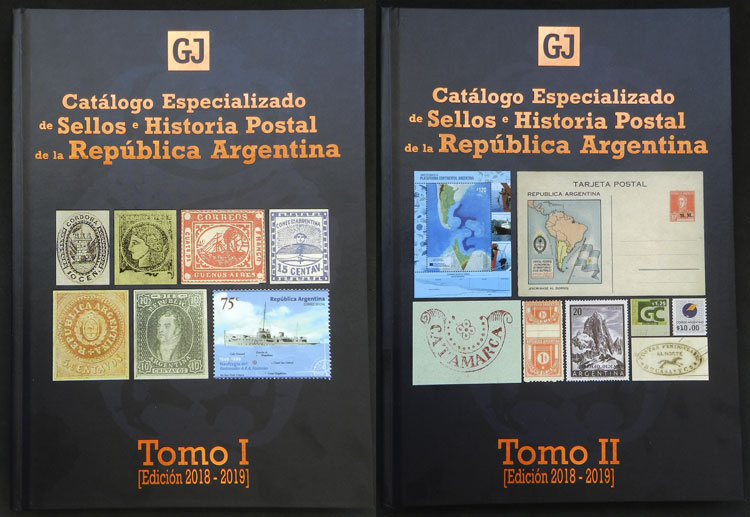By: Ira & Larry Goldberg Coins & Collectibles, Inc.
lot # 1847 - ancient greek coinage
Mysia, Pergamon. Gold Stater (8.63 g), 334-332 BC Nearly Mint State. Head of Herakles right, wearing lion's skin headdress. Reverse: Palladium facing, wield spear and holding shield ornamented with star; in left field, crested Corinthian helmet to right. Callataÿ 2n (D2/R3; this coin); SNG BN 1557 = De Luynes 2493 = Saida 37; cf. Von Fritze 7 = Saïda 36 (rev. not incuse); cf. Gulbenkian 699 (same); cf. Jameson 2580 (same). Boldly struck in high relief. Superb and lustrous. Nearly Mint State.
At the beginning of the Hellenistic period, Pergamon was a small, lazy town with a sparse population on the periphery of the Persian Empire, a mere shadow of the major power it would become in subsequent centuries. Its future lay in its position above the Kaikos river valley. The river itself disgorged into the Aegean Sea at Elaia, but other important ports bounding the valley were Atarneios and Pitane. Furthermore, trade traveled along the Persian road from the coastal port towns through Pergamon before reaching the inland settlements of Gambrion, Germe and Nakrasa. For the same reasons that Pergamon proved of vital importance for trade, it became of utmost strategic value to the Macedonians after their invasion of the Persian Empire.
F. de Callataÿ has recently studied this important and extremely rare coinage and notes five obverse and seven reverse dies, all of which are die-linked. Furthermore, he was able to establish that they are struck to the Attic standard. While the coins lack any form of legend and therefore they do not explicitly state the mint, it is without doubt Pergamon as is apparent from identical silver fractions that do carry the ethnic (cf. SNG BN 1558ff). The chronology is uncertain, but Callataÿ has shown that they were struck before 323-320 B.C., and evidence from the Saïda hoard as well as the obverse type which stylistically closely resembles the Herakles of Alexander's tetradrachms places the date in the late 330s. Here we follow the traditional date most often cited in numismatic publications of 334-332 B.C.
The purpose behind the minting of these gold staters is not clear, but they were perhaps struck autonomously by Pergamon during the tumultuous period before Alexander had solidified his gains in Asia Minor, a time when even the outcome of the war was uncertain. The extreme paucity of surviving specimens suggests the issue was quite small, and in fact it is possible that no more than five talents (approximately 3000 coins) were ever struck. Estimated Value $50,000 - 60,000
Ex Nomos 8 (22 October 2013), 165.
Ira & Larry Goldberg Auctioneers
Ira and Larry Goldberg are experts in the Numismatic field with over 50 years of experience. In 2010, they were each awarded a Lifetime Achievement for their contributions to the Numismatic... Read More
Send Email to Ira & Larry Goldberg Coins & Collectibles, Inc. Or Visit WebSite













